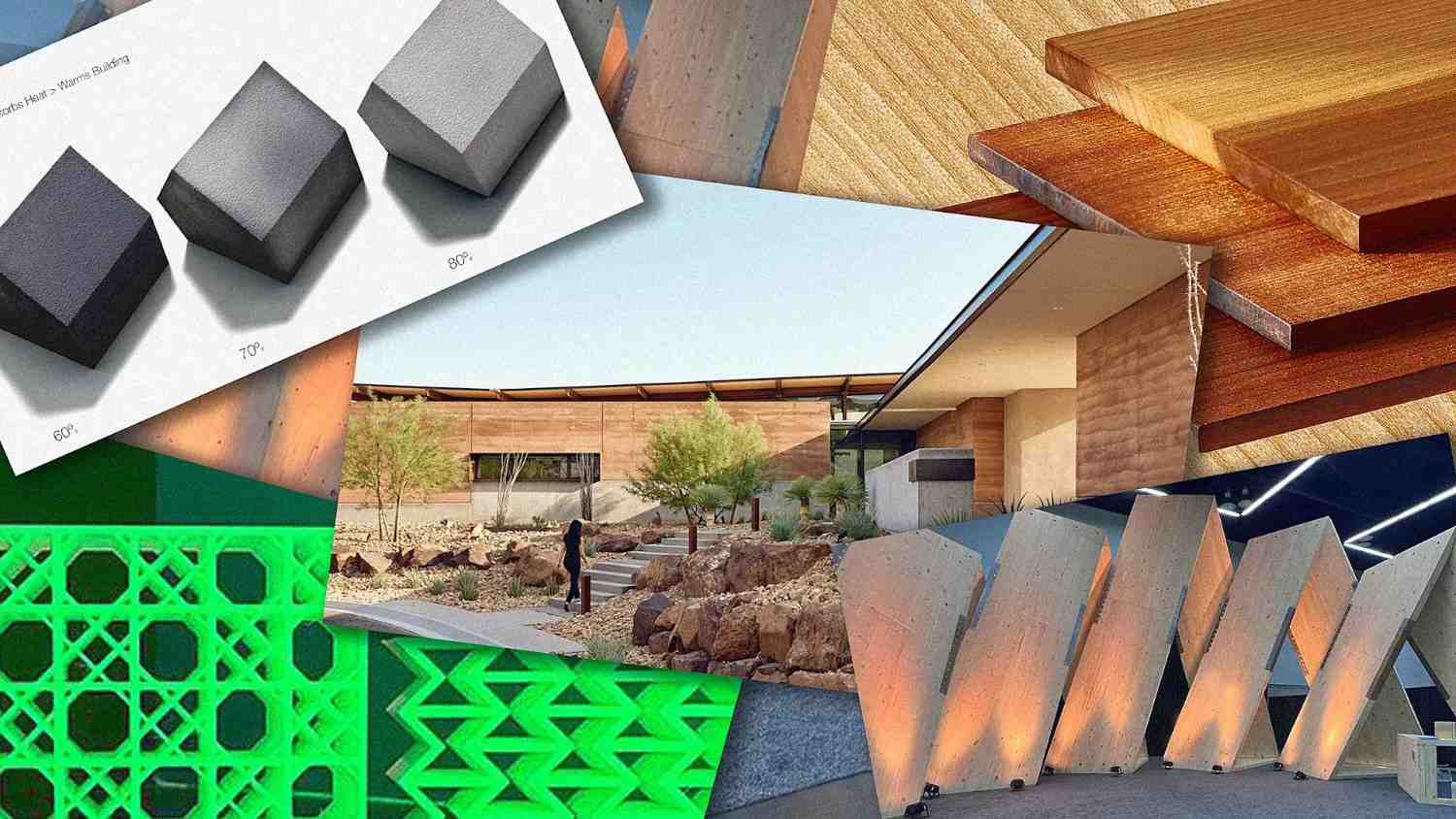- | 9:00 am
Nike has a secret design archive. This new museum show takes you inside of it
More than 200,000 rare Nike artifacts are preserved in a hidden archive. Now, some of them are on view at the Vitra Museum.
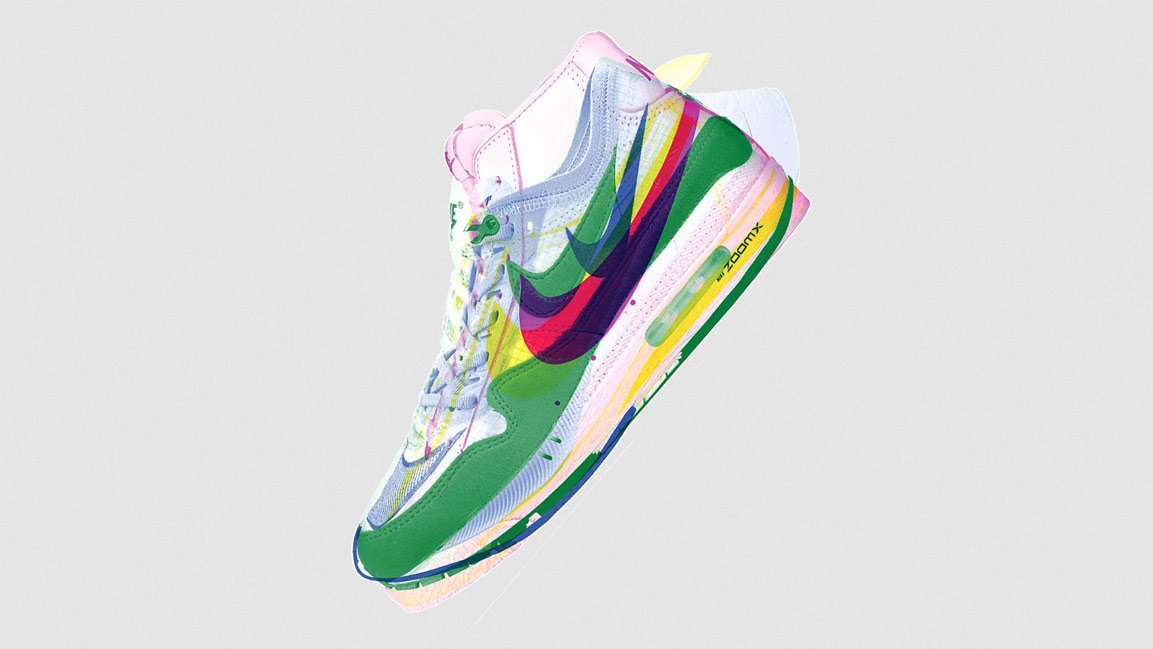
In a confidential location known only to a select few, an unassuming building hides a sneaker lover’s paradise. This top-secret facility houses the Department of Nike Archives (or DNA), where more than 200,000 rare Nike artifacts are carefully documented and preserved—from never-before-seen sneaker prototypes to the original Nike “swoosh” sketch. This past year, the DNA opened its doors to outside visitors for the first time, allowing a group of curators to comb through its holdings for a new exhibition on Nike’s design history.

Nike: Form Follows Motion [Image: Daniel Streat/Visual Fields/© Vitra Design Museum]
“Having now learned so much about the company, I can say that I’ve never experienced any design thinking that was more intense, multivariable, creative, or complicated than this,” Adamson says.
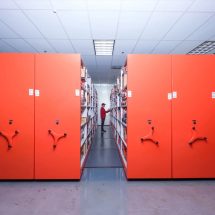
Rolling stacks, Department of Nike Archives (DNA), Beaverton, Oregon, 2024. [Photo: Alastair Philip Wiper/© Nike, Inc.]
BEHIND NIKE’S DESIGN THINKING: A TRIP INTO THE TOP-SECRET SNEAKER ARCHIVES
Both the exhibition and the book are divided into four chronological sections: “Track,” which follows Nike’s first years when, Adamson says, jogging was considered a “niche, weird subculture.” “Air,” which unpacks the brand’s explosion into sports advertising through partnerships with athletes like Michael Jordan. “Sensation,” which provides a deep dive into Nike’s sports research programs. And “Relation,” which reflects on Nike’s history of collaboration with external designers.

Hot Waffles for Sale poster, featuring Nike Waffle Trainers, 1978 [Photo: © Nike, Inc.]

Flywire Prototype, appr. 2006. [Photo: Unruh Jones/© Vitra Design Museum]
Inside, Adamson says the rooms he visited were “pragmatic” and intimate. Based on the images taken of the DNA by photographer Alastair Wiper, the space includes a series of moving, fire engine-red shelves stacked from floor to ceiling with shoe boxes, as well as a larger storage facility that looks like a chic warehouse.
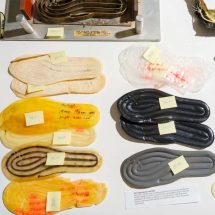
Tabletop covered with objects from Frank Rudy who invented the Air Technology, Department of Nike Archives (DNA), Beaverton, Oregon, 2024. [Photo: Alastair Philip Wiper/© Nike, Inc.]

VaporMax Air Bag, 2016 [Photo: © Nike, Inc.]
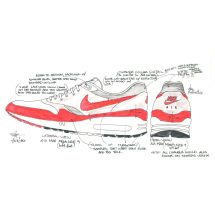
Sketch of Air Max, Tinker Hatfield, 1986. [Photo: © Nike, Inc.]
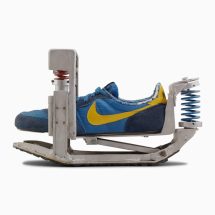
Early Mechanical Shox Prototype, 1981. [Photo: © Nike, Inc.]
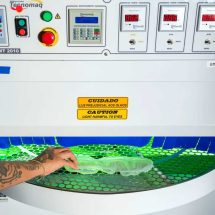
UV oven inside the Advanced Product Creation Center (APCC), Beaverton, Oregon, 2024. [Photo: Alastair Philip Wiper/© Nike, Inc.]
INSIDE NIKE’S TRAILBLAZING SPORTS RESEARCH
Adamson’s team also looked into the operations of Nike’s current design labs. While the company has many design teams working internationally, one of its most impressive innovation centers is the Nike Sport Research Lab (NSRL), located in Beaverton, Oregon. The lab is an 85,000-square-foot gym that includes a full-size basketball court, running track, and soccer field, where hundreds of cameras and dozens of force plates track athletes in motion. Its insights can then be turned into cutting-edge applications for new sneakers and apparel.
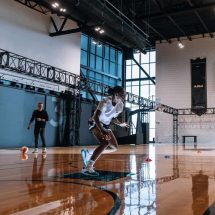
The LeBron James full-size basketball court, Nike Sport Research Lab, Beaverton (Oregon), 2022. [Photo: © Nike, Inc.]
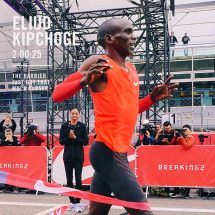
Zoom Vaporfly Elite poster, with Eliud Kipchoge attempting to break the 2-hour marathon barrier, Breaking2, 2017. From the campaign: The Barrier Just Got That Much Closer. [Image: © Nike, Inc.]

Various lasts, jigs, silicon pads, and fixtures, Advanced Product Creation Center (APCC), Beaverton, Oregon, 2024. [Photo: Alastair Philip Wiper/© Nike, Inc.]
WHAT’S NEXT IN NIKE’S INNOVATION PLAYBOOK
The new exhibition comes at a pivotal time for Nike. Post-pandemic, the company has been facing supply chain issues and waning consumer interest. Other popular running shoe companies, like Hoka and Brooks, are also putting pressure on Nike to reconnect with its jogging roots. This February, the company began laying off 1,500 employees to trim costs. Amid these tricky headwinds, the company has mainly relied on rereleases of previous gems—like Air Force 1s, Dunks, and Jordans—to maintain interest, rather than debuting new innovations.
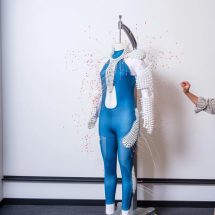
Bodysuit, LeBron James Innovation Center, Beaverton, Oregon, 2024. [Photo: Alastair Philip Wiper/© Nike, Inc.]
To understand just how bold and disruptive that history truly is, one need only look to Adamson’s estimation of the company after his year of in-depth research for Nike: Form Follows Motion: “I feel like we’ve done an exhibition about NASA.”















